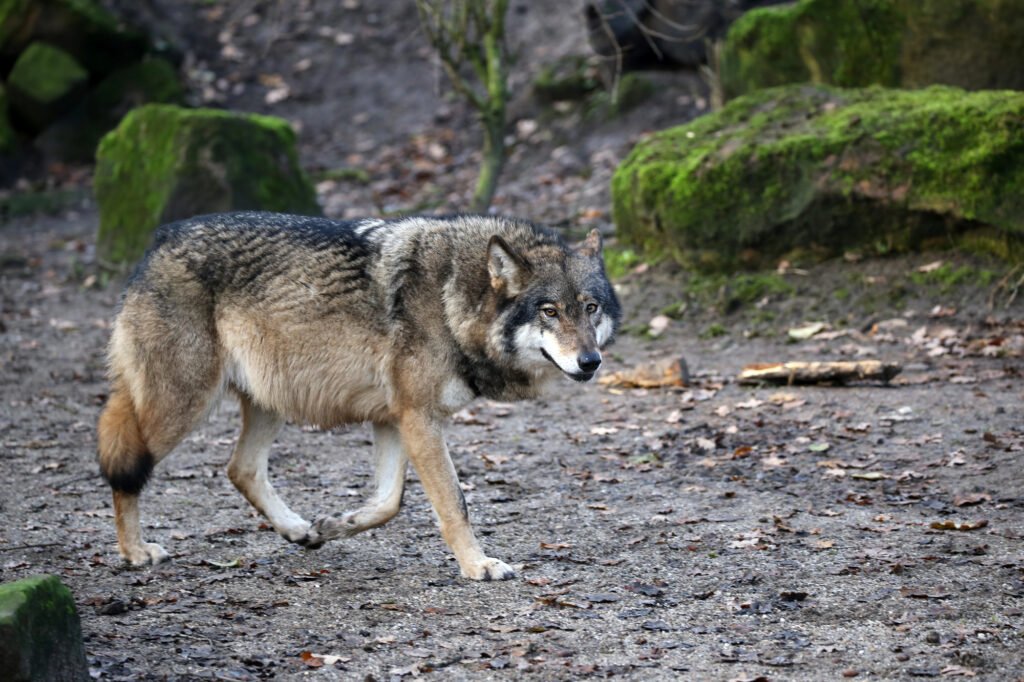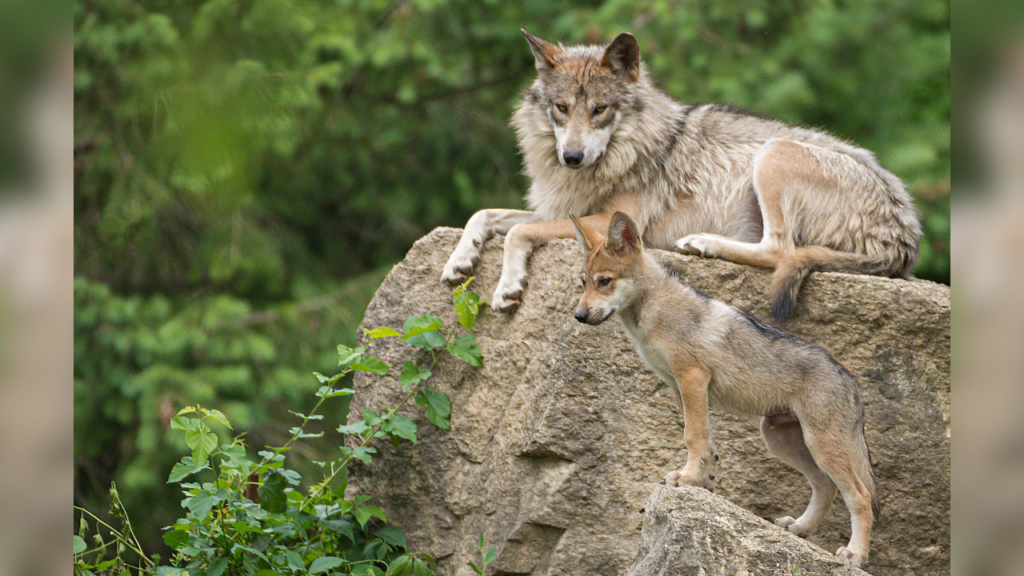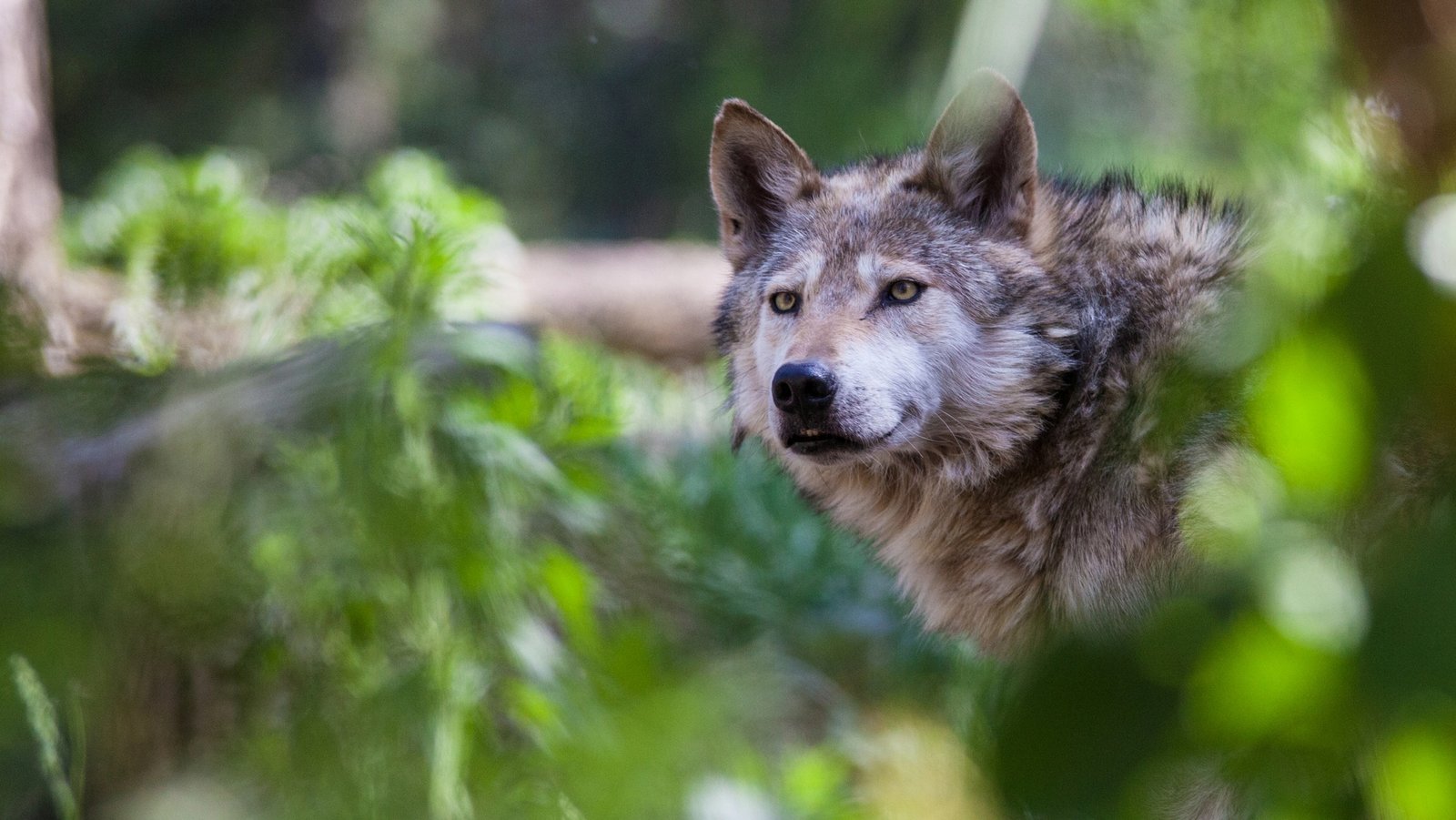The ongoing killing of wolves by the US Federal government despite conservation programs in place is sparking outrage among wildlife advocates across the country. A wolf that was part of Colorado’s highly debated reintroduction program was killed in early March in north-central Wyoming, following suspicions it was involved in livestock attacks. Federal agents from the U.S. Department of Agriculture’s Wildlife Services acted after five sheep were found dead in the area. According to USDA spokesperson Tanya Espinosa, an investigation revealed bite marks and tracks that matched those of a wolf.
On March 15, agents euthanized a wolf at the scene. Upon further examination, the animal was found to be wearing a collar issued by Colorado Parks and Wildlife, confirming it had been released as part of the reintroduction effort narrowly approved by Colorado voters in 2020.
Mexican Gray Wolf and Alpha of Saffel Pack Killed in 2020

The killing of wolves by federal agencies is not a new practice. In 2020, US Federal agencies confirmed the death of the endangered Mexican gray wolf, a pack alpha and father to four young pups, was one of five endangered Mexican gray wolves killed by the federal government. The wolf, part of an ongoing reintroduction program aimed at restoring the Mexican gray wolf population in the Southwestern U.S., was euthanized by government agents under the direction of the U.S. Fish and Wildlife Service (USFWS).
The incident occurred in the remote wilderness of eastern Arizona, where Tlaloc as the animal had been named had been living with his pack. According to federal authorities, the decision to euthanize the wolf came after an investigation into livestock depredation on a nearby ranch. Tlaloc was suspected of being involved in killing cattle, prompting a swift response from wildlife officials in an effort to create a balance between humans and the species survival.
The Decline of the Mexican Gray Wolf in the Wild
The tragic death of Tlaloc and several other Mexican gray wolves highlights the persistent challenges faced by the Mexican gray wolf population, which remains critically endangered with fewer than 200 individuals in the wild. Historically, the Mexican gray wolf was nearly driven to extinction by government-sanctioned extermination programs in the early 20th century. Between 1915 and 1973, the federal government eradicated most of the wolf population in the southwestern United States, driven by fear that wolves were a threat to livestock as human populations expanded westward, this is according to the Center for Biological Diversity.
In 1973, the passage of the Endangered Species Act (ESA) gave the Mexican gray wolf federal protections, and the species was officially listed as endangered in 1976. At the time, only seven wolves remained—three captured from the wild and four already in captivity. These remaining wolves were bred in captivity, and the first successful releases into the wild occurred in 1998 in Arizona, with additional releases in Mexico starting in 2011, according to the Center for Biological Diversity. Despite these efforts, the wolf population continues to face significant threats, including habitat loss, genetic isolation, and human-wolf conflict, particularly related to livestock.
What Incidents like Tlaloc’s Death Mean for the Recovery Efforts

Tlaloc’s death is particularly poignant due to his role as the father of four pups, whose survival now hangs in the balance. Wildlife experts emphasize the importance of paternal leadership within wolf packs, as fathers help guide and protect the pack’s young. Without Tlaloc, his pups face an uncertain future, as young wolves rely on both parents for survival training. His death is another devastating blow to the pack, and the broader recovery effort, which has been tenuous at best.
Tlaloc’s death marks a troubling development in the Mexican gray wolf’s road to recovery. The wolf population is still at risk of extinction, and many fear that such high-profile deaths could further hinder the delicate progress that has been made.
The Population and Recovery of the Mexican Gray Wolf
Till 2020, 25 Mexican Gray wolves were killed by the US government. In 2023, the agency killed 12 gray wolves in Wyoming, either with traps or by shooting the animals from aircraft, according to federal data. The controversial actions aren’t being taken kindly by wildlife activists including courts. In 2018, an Arizona court accused the Fish and Wildlife Service of mismanagement by inbreeding in the wolf population.
Even worse was how a Mexican wolf named Rusty was killed on March 29, 2023 — the 25th anniversary of Mexican wolves’ return to the wild. The killing was authorized by the agency with wildlife organizations describing it as a disturbing blow critical to the survival of the Manga pack to which Rusty belonged.
The Future of The Mexican Wolf

According to a report from the U.S. Fish and Wildlife Service the population of the wolf has surpassed their expectations for the endangered populations stating: “The interim abundance targets in the Mexican Wolf Recovery Plan at 5 years were 145 for the United States and 100 for Mexico. The minimum observed number of Mexican wolves for the U.S. population at 5 years (2022) was 242, while Mexico observed 35 Mexican wolves at the time. Both populations surpassed projections for gene diversity over the 5-year period, and both the U.S. and Mexico are retaining more than 90 percent of the captive population’s gene diversity.”
The Mexican gray wolf’s struggle to survive in the modern world is far from over. The fate of packs left behind by Alpha breeders is a blow to the species. The fight continues for the preservation of this iconic species which depends on a delicate reconciliation between conservation, policy, and the human communities that share the land. For now, the future of the Mexican gray wolf hangs in the balance—caught between the past mistakes of extermination programs and the difficult road to a more sustainable coexistence.






